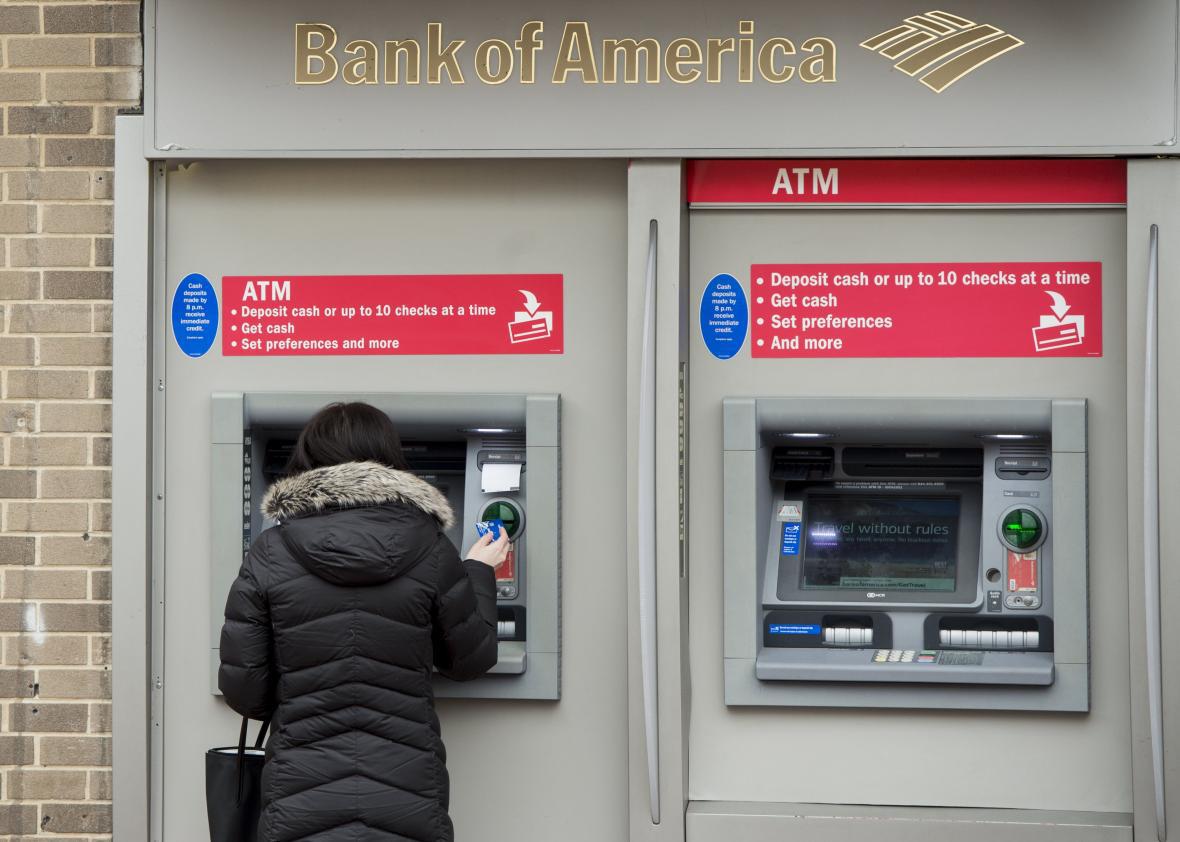On Thursday, the House of Representatives passed the Financial Choice Act, which is aimed at reducing the regulatory burden on banks imposed by the 2010 Dodd-Frank law. As the Wall Street Journal noted, the Financial Choice Act would “subject new financial rules to cost-benefit analysis, boost penalties for financial wrongdoers and repeal the Volcker rule restricting banks from speculative trading.” The general thrust is to free banks from oversight. Some banks would be exempt from the federal stress tests, and the legislation would scale back the ability of the Consumer Financial Protection Bureau to ride herd on abusive bank practices.
Of course, it’s only the House. Similar legislation in the Senate would have to beat a filibuster, and hence require some Democratic votes. So it’s not likely the Choice Act will become law in its current form. Which is a good thing. The idea that banks and the broader financial system need relief from today’s regulatory regime is belied by reality, including their balance sheets. The case for repeal of Dodd-Frank would be more compelling if banks were suffering—failing to make money, failing to attract deposits, failing in general. But they’re not.
Which highlights an important historical truth. Sure, deregulating an industry can supercharge growth for a few years. But it often ends up in a crash. That’s what happened with the savings and loan industry in the 1980s, and with Wall Street in the 2000s. Setting and enforcing standards, on the other hand, is actually quite good for a sector’s long-term health. Wall Street and the banking system only got back on their feet in the 1930s after the passage of sweeping New Deal reforms. Insurers and many areas of the health care economy have thrived under the Affordable Care Act. Just so, the U.S. banking system—which was in shambles in 2009—has thrived since the passage of Dodd-Frank. In fact, it’s hard to recall a point in recent history when banks were as safe and as profitable as they are right now.
The Federal Deposit Insurance Corporation provides a handy reading of the sector’s health with its voluminous Quarterly Banking Profile. Dodd-Frank became law on July 27, 2010. In the quarter before its passage, the banking industry was licking its wounds and getting back on its feet after the financial crash, the housing bust, and the credit crisis. Twenty percent of the nation’s 7,830 banks were losing money, and 45 banks failed that quarter. The nation’s insured banks collectively charged off $49 billion in bad debt—loans they had made but now concluded they had no hope of collecting. Some 829 banks, with total assets of $403 billion, were on the FDIC’s “problem list.” Collectively, the industry eked out a profit of $21 billion.
The successive quarterly reports tell a tale of recovery and profitable growth—with vastly lower rates of failure and significantly higher profits.
Now, Dodd-Frank contained a lot of regulations. And while it did explicitly ban some practices—like using government-insured deposits to engage in proprietary trading—the most important thing it did was to set higher standards. Want to be part of the Federal Deposit Insurance program? Then you’ve got to hold more capital, you have to submit to annual stress tests, and you must operate with the knowledge that the CFPB is going to be watching you to make sure you aren’t abusing your customers.
While banks grumbled and lobbied for changes, they generally complied with Dodd-Frank. As a result, they became more careful and choosy about how they lent. Many smaller institutions that were struggling to survive decided it made more sense to merge or being acquired. Thanks to consolidation and failure, there were 5,856 banks in the first quarter of 2017, 25 percent fewer than in early 2010.
The pace of lending abated from the frenzied tempo of the bubble years. But lending today is far more effective—and profitable—than it was before Dodd-Frank. It helps that the economy and jobs have been expanding consecutively for the last several years. But we haven’t seen the type of reckless lending from banks that tend to take place as expansion lengthen.
Bank failures have fallen virtually every year. Last year, only five small banks failed. The number of banks on the problem list has fallen to 112, and they’re mostly very small. The combined assets of today’s troubled banks is $24 billion—a decline of 94 percent from before the passage of Dodd-Frank. The Federal Deposit Insurance Fund, which was $20 billion in the hole in the spring of 2010, is at a record high of $83 billion. Only 3 percent of the banks in the U.S. reported a less in the most recent quarter. Banks charged off $11.5 billion in bad loans in the quarter—a decline of 75 percent from the second quarter of 2010. After making a combined—and record—$170 billion in profits in 2016, banks regulated by the FDIC earned $44 billion in the first quarter of 2017.
Does this really look like an industry that is struggling mightily in the face of zealous regulation?
